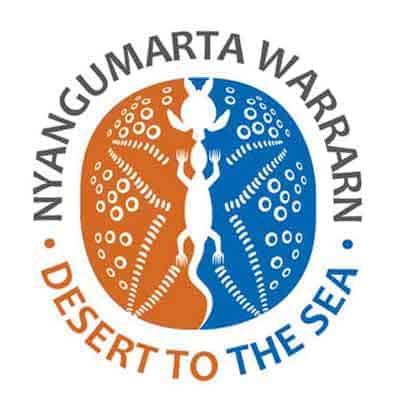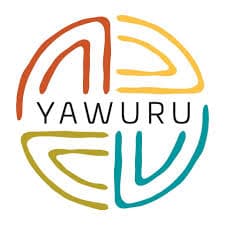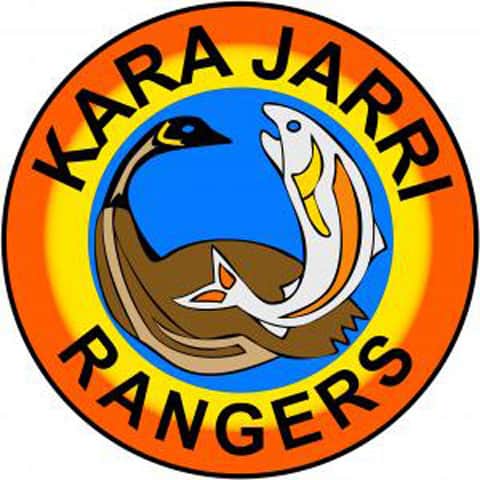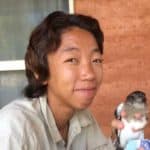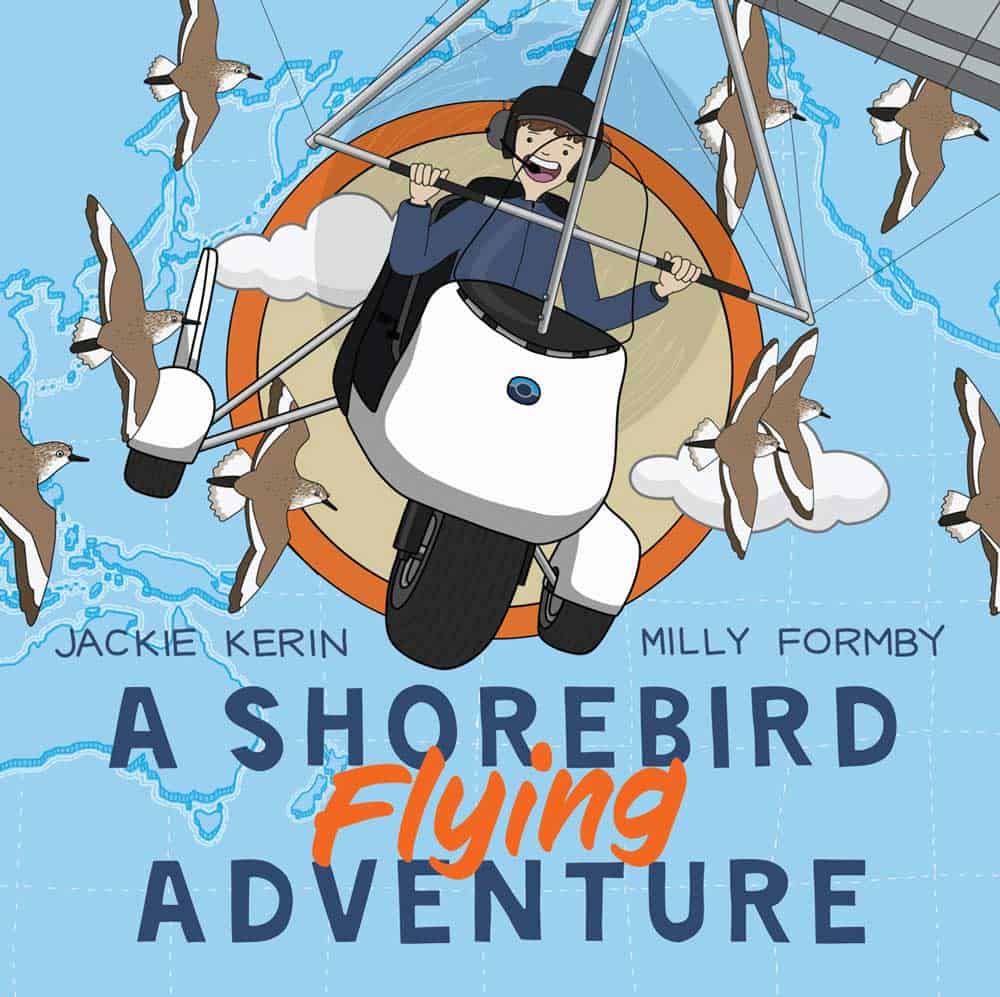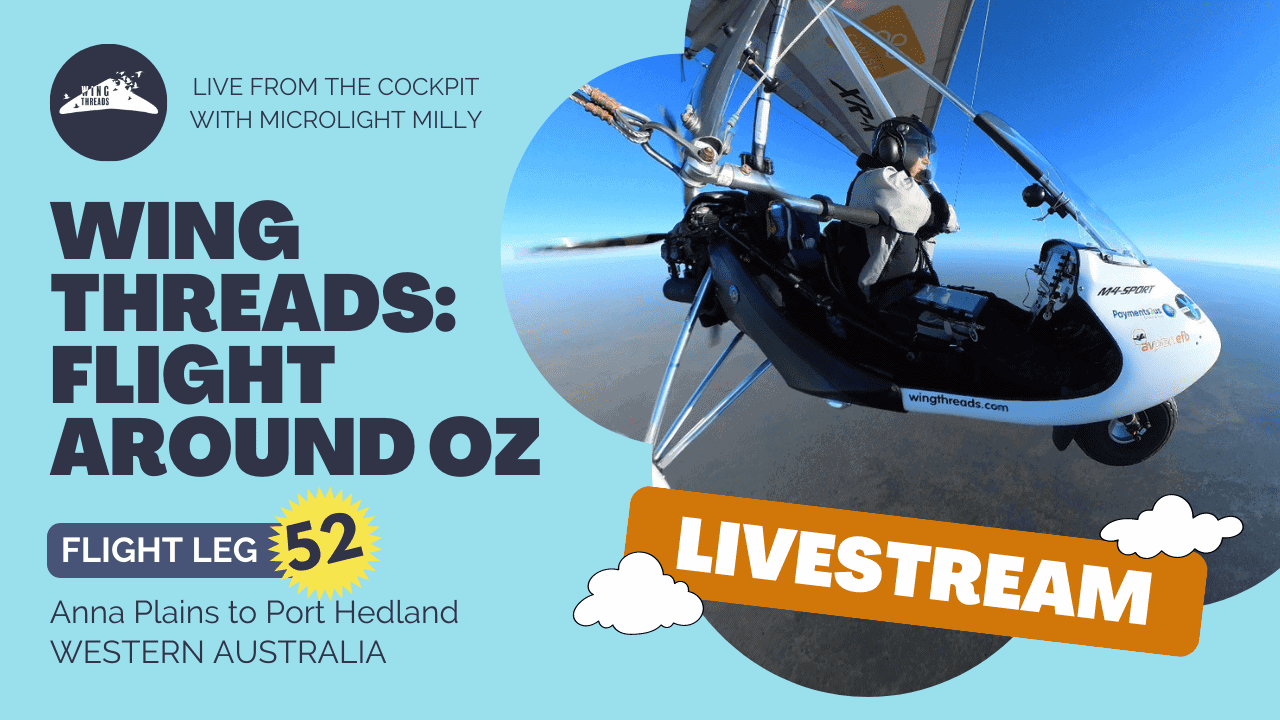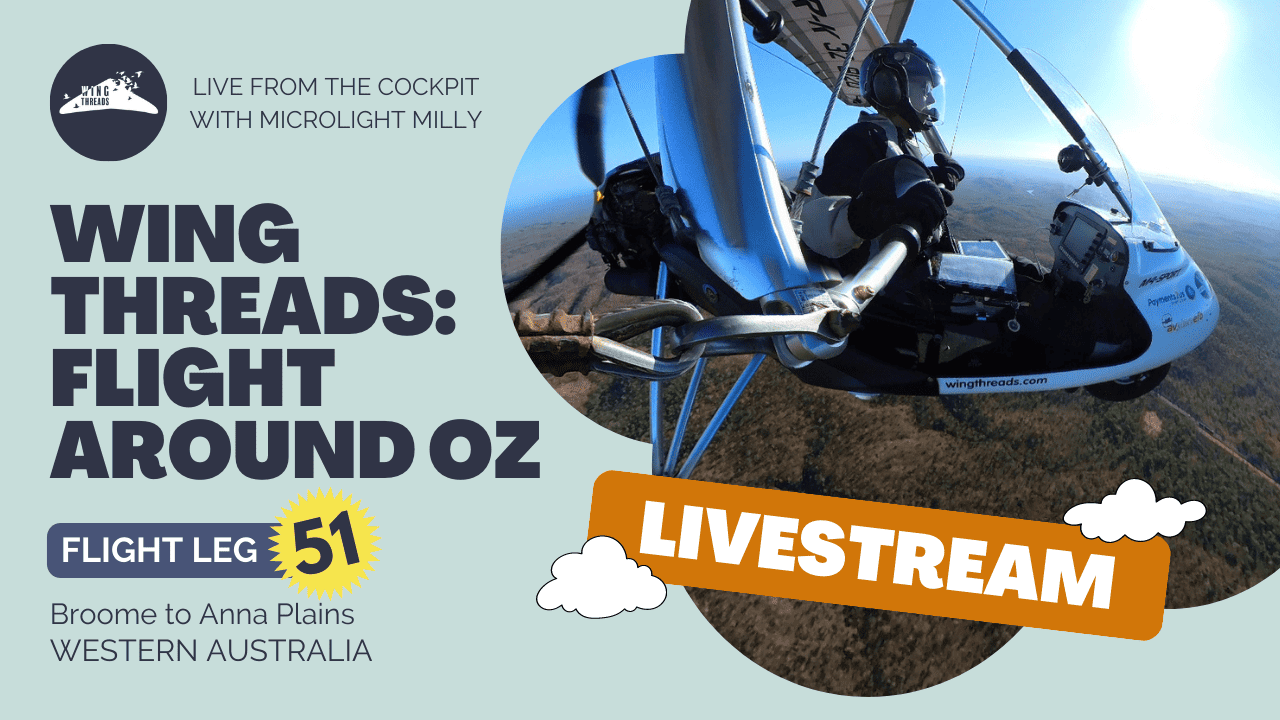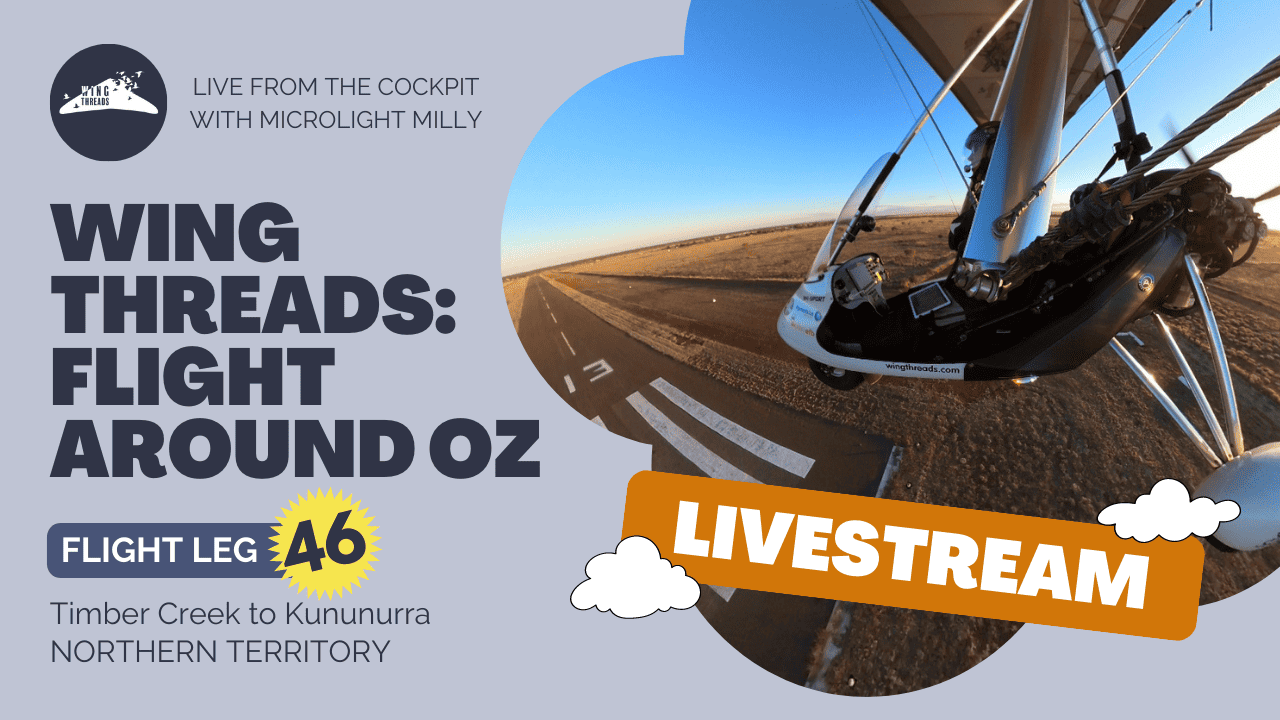A lucky bonus
A contribution by clive minton
The Whimbrel are both now progressing through the Yellow Sea region – one for the second consecutive year and the other for the third time. We have certainly had our money’s worth from these two transmitters! Everything from now on must be considered a lucky bonus!
More stopover sites
Both Whimbrels, KU and LA, have reached their stopover sites in Southern China (Figure 1.).
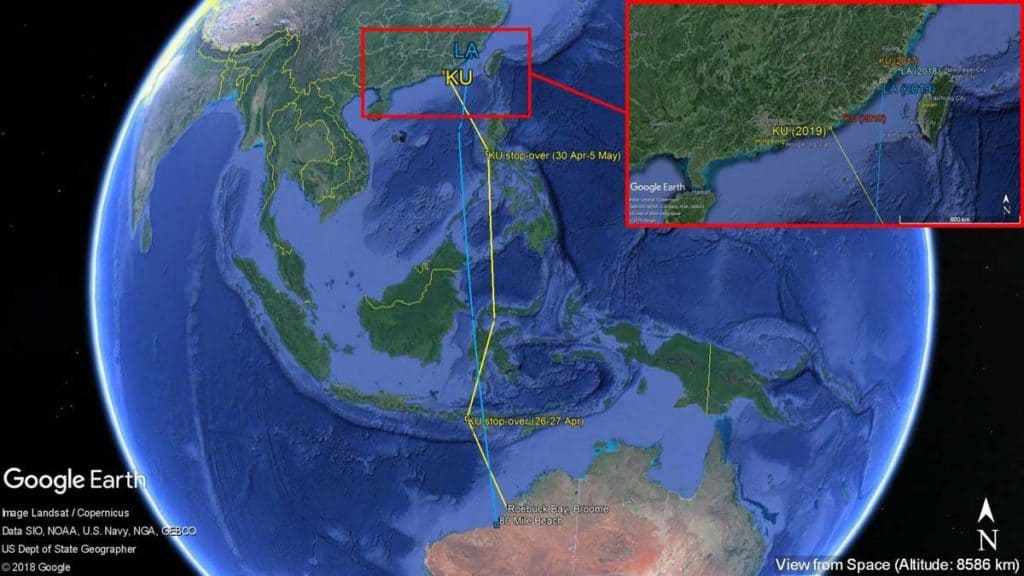

Whimbrel KU
Whimbrel KU made 2 stops along its way at Sumbawa Island in Indonesia for a day, and then at Manila Bay in the Philippines for about 4 days. KU used to make a single flight from Broome directly to China in the previous 2 years. The reason why it has changed its tactic is unclear, but KU has shown us a couple more suitable stop-over sites for Whimbrels in South-east Asia.
KU then travelled another 1,033km and landed on a sandy beach 80km south-west of Shantou city in Guangdong Province on 6 May. KU’s landing area is more towards the south-west comparing to previous 2 years. Will it then move back to its staging area in Putian, Fujian Province as per the last 2 years?
Whimbrel LA
LA kept the same practice as previous year and made a direct 4,901km flight to reach the coast of Fujian Province on 2 May after 6 days (Figure 2.).
Not long after it landed, LA decided to spend its time on Kinmen Island (outlying island of Taiwan) in the same bay. David Chang, a member of the North-west Australia Wader and Tern Expedition 2017 (the year we deploy these transmitters on LA and KU) from the Taiwan Wader Study Group is currently working on bee- eater research project on Kinmen Island and is trying to see LA again after 814 days (Figures 3. & 4.).
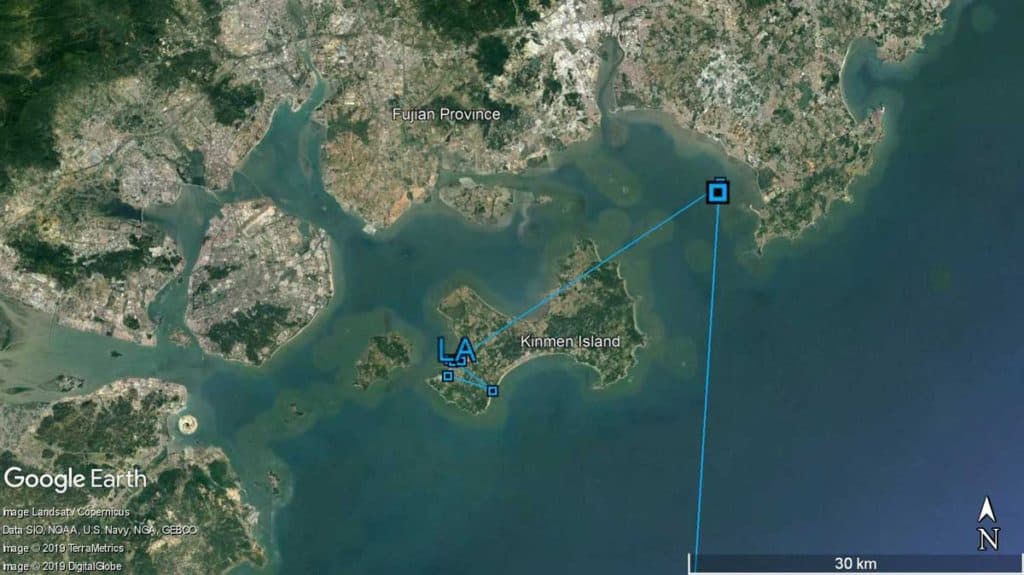
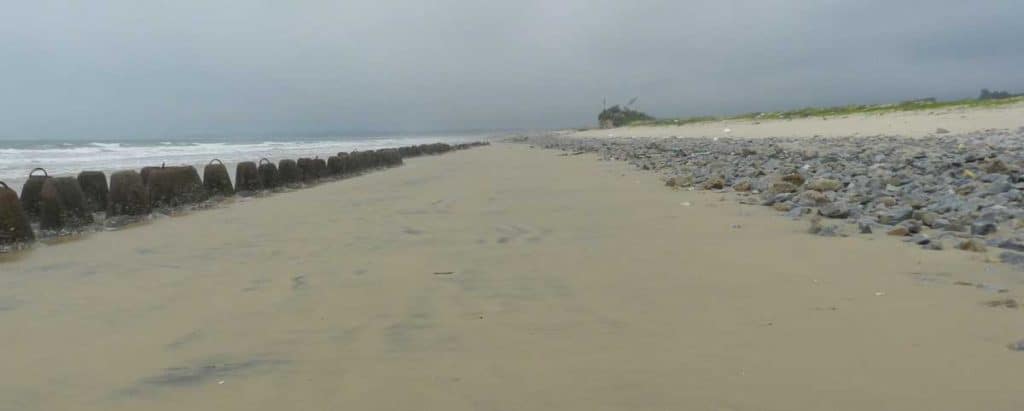

A heavy rainstorm is forecast in Southern China over the coming week. We’ll see how the weather might affect the migration of KU and LA.
Acknowledgements
Clive Minton
The extensive and expensive satellite tracking program we have set up in NWA has only been possible through the efforts and generosity of a large number of people and organizations. It is difficult to know where to start with the formal acknowledgements so I will list them – but not in any particular order of priority.
- The members of the AWSG NWA 2019 Wader and Tern Expedition and similar NWA expeditions in previous years, are particularly thanked for their efforts in the field in catching, banding and deploying transmitters on a range of species.
- Landowners are especially thanked for permission to go onto their property to enable us to catch various species in order to deploy the satellite transmitters. In particular we thank Anna Plains Station for giving us the freedom to roam over large areas of grazed grassland when counting and catching target species.
- AWSG acknowledges the Yawuru People via the offices of Nyamba Buru Yawuru Limited for permission to catch birds on the shores of Roebuck Bay, traditional lands of the Yawuru people.
- AWSG acknowledges the Karajarri and Nyangumarta people for permission to catch birds to be marked for this project on the shores of 80 Mile Beach, traditional lands of the Karajarri and Nyangumarta.
- The cost of the satellite transmitters, which cost around $5000 each, and the satellite downloading costs (around $1000-1500 per month) have been met by a variety of sources. Private individuals (Charles Allen and Doris Graham) have made most generous individual contributions. Kate Gorringe-Smith and her team of artists involved in The Overwintering Project made a large, generous donation from funds raised during their various public exhibitions. The annual NWA Expedition members, collectively, also provided significant funds each year.

